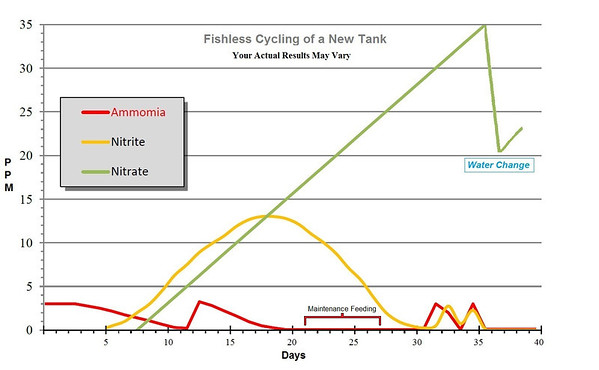I wish you had reported your actual nitrite numbers. My bet here is that the not 0 for nitrites was likely a very small reading and you were in fact basically cycled earlier than you thought.
As for the snack dose there should be 3 days of reading 0: Day 1- 1st test reads 0, Day 2- No test, Day 3- 2nd test reads 0, add ammonia. So as you can see there are essentially 3 days of a 0 reading for ammonia, not 2. This assumes that if ammonia is 0 on days 1 and 3 and no ammonia was added, that the reading not taken on day 2 would also have been 0.
You are correct about the numbers being different when bacteria is seeded at the outset. And this presents a problem in terms of how much this might affect the cycle. There is no way to know exactly how much bacteria one may have moved over. If you remove a filter sponge holding bacteria from a filter and cut it in half, you cannot assume that each hald hold 505 of the bacteria, it simply doesn't work like that.
There is no problem with seeing the effect of starting with some amount of ammonia bacs, ammonia goes down and we can see it happening. The problem is with the subsequent nitrite readings. because the nitrite bacteria normally have to wait for excess nitrite to start reproducing, they are behind the curve. And then the fact that they reproduce more slowly than the ammonia bacs means they take longer to get to "full strength." By seeding some number of the nitrite bacteria, the whole part of the process regarding nitrite readings is altered. The nitrite will not get as high nor take as long to come down.
Here is why this matters and why not knowing how much nitrite oxidizing bacteria is there from seeding complicates things. The second addition of ammonia come when ammonia levels have dropped and nitrite ones have appeared and risen. The reason that one should see nitrites at 2 ppm or above is to insure nitrite is indeed being produced. It acts as a double check re ammonia being converted. But if one has sufficient nitrite bacteria from seeding, that nitrite number may not reach 2 ppm. And if it doesn't, how can one following the directions meet the conditions for adding more ammonia? The cycling process does not work the same with and without seeding.
This becomes even more clear when one is dealing with planted tanks. In these and ammonia taken up by the plants gets used and no nitrite is produced nor is any nitrate. So you can add 3 ppm of ammonia and the next day have only 1 ppm of ammonia and 0 nitrite. As you can see this completely blows the basic cycling instructions right out of the water (excuse the pun).
The basic article here will work fine as it stands unless one alters things y seeding a tank and/or adding live plants. But given all the variables this involves, it makes it impossible to create simple step by step directions as almost every tank will be unique in this respect.
The best thing here is this thread serves to illustrate just how seeding a tank can and does accelerate a fishless cycle.
Gruntel- "Perhaps a "typical" fishless cycle chart/timeline would be helpful." There is such a chart in the article. I know because it took me a bunch of time to create it
Below is a chart illustrating what to expect in terms of ammonia, nitrite and nitrate during using this fishless cycling method. It will give you an idea of what test readings and time frames to expect.
Average Cycling Numbers
Ammonia will spike with each addition and then drop. It will drop faster with each addition. It should be under 1 ppm between days 9 and 12 of the cycle. It should be close to 0 ppm within 4 to 6 days after the second addition, and 0 ppm in 1 to 3 days after subsequent additions.
Nitrite will appear in about a week and rise to its peak somewhere between days 15-21 of the cycle. Most hobby test kits will not test this high. It will decline more rapidly than it built up and can be well under 1 ppm by days 25 to 31. It should reach 0 ppm between days 35 to 40 of the cycle.
Nitrate should appear soon after nitrite does and will rise steadily until the end of the cycle. It should peak at between 35 and 45 ppm (plus any ppm of nitrate in your tap).
Some cycles can happen in a time frame shorter or longer than above, but these are exceptions not the average. While one's actual days may vary from the chart above, the pattern of one's results should still be similar.

 /www.fishforums.net/index.php?/topic/426677-fish-in-tank-cyclingshowing-the-big-three-what-now/
/www.fishforums.net/index.php?/topic/426677-fish-in-tank-cyclingshowing-the-big-three-what-now/